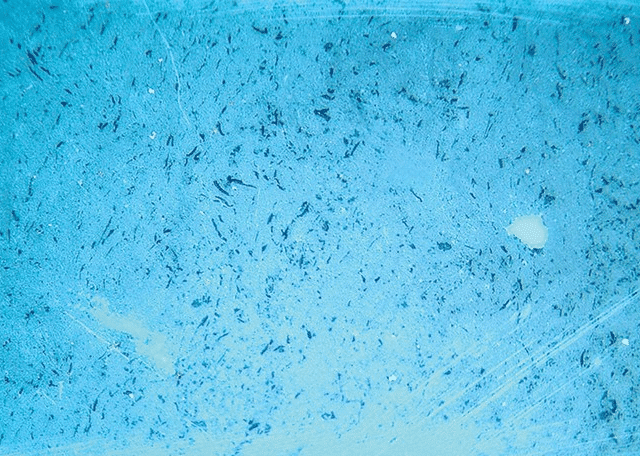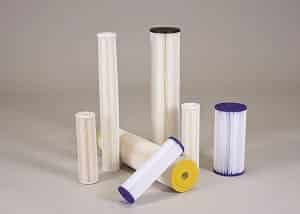Why Pre-Filtration and Good Cartridge Filtration is Important
Why Pre-Filtration and Good Cartridge Filtration is Important
Membrane Element Protection Matters!
- Removal of solids to protect against membrane fouling: Prefiltration, including both cartridge and depth filtration, alongside RO membranes themselves, are key units in ensuring effective performances in RO units. By removing suspended particulates, colloids and larger color causing organics (NOM) from the feed stream, filters increase the performance and longevity of any RO equipment, specifically the high-performance units. The size of the openings between the filter media in a depth filter is shown by void fraction a dimensionless number, while in cartridge filtered, this is expressed in microns. A filter with larger openings will allow more particles through, while filters with smaller openings will inhibit more particles from continuing through the water source.
- Achieving low SDI to protect against membrane fouling: SDI, Color, and turbidity help to determine the correct use of any spiral wound RO/NF membrane elements. Using a multi-media depth filter followed by cartridge filters to decrease SDI, Color and turbidity allows for longer high-performance cycles and increased lifespan of RO/NF elements.
- Bacteria removal to prevent biofouling of the membranes: A 1-micron filter will remove most bacteria and cysts from water when biofouling is present.
- Lower operating expense of the system: Proper pretreatment prevents fouling of the membranes, lowers the overall costs, reduces the amount of chemicals for cleaning, lowers power consumption and extends membrane life.
- Reduced capital expense: Proper retreatment lowers SDI which allows for the increase of the membrane’s design flux ending in the reduction of the number of membranes required to treat the same volume of water. This decreases capital costs and reduces the overall footprint.
Filter Sizing
In general, filters with smaller micron ratings are more effective for stopping particles. The smaller the ratings are, also affects the flow capability, particularly if there are sediments present in the water.
In certain situations, larger filter ratings are more beneficial. For well water applications where sediments cause flow restrictions through the filter, a filter with larger ratings will decrease blockage. In these situations, to ensure maximum filtration processing, a system of filters starting from larger filter ratings down to smaller filter ratings should be implemented. For these processes, two to three filters are commonly used together to retain water flow while effectively filtration particulates. This process extends the life of all filters and the membrane elements.


Definitions
Nominal Rating: a nominal rating for a filter is an arbitrary amount indicated by the filter manufacturer and is represented in terms of percentage retention of a given challenge media such as ISO standard test dust or glass beads. The value can represent the percentage of the entire distribution of particles that is removed or the percentage of a specifically sized particle. Nominal filtration ratings are often used when analyzing the performance of depth and non-membrane filters.
Absolute Rating: An absolute rating is the size of the smallest particle held by a filter with a stated efficiency, such as 99%, under defined test conditions. Absolute ratings are concerned with the membrane or high-performance non-woven-filters.

